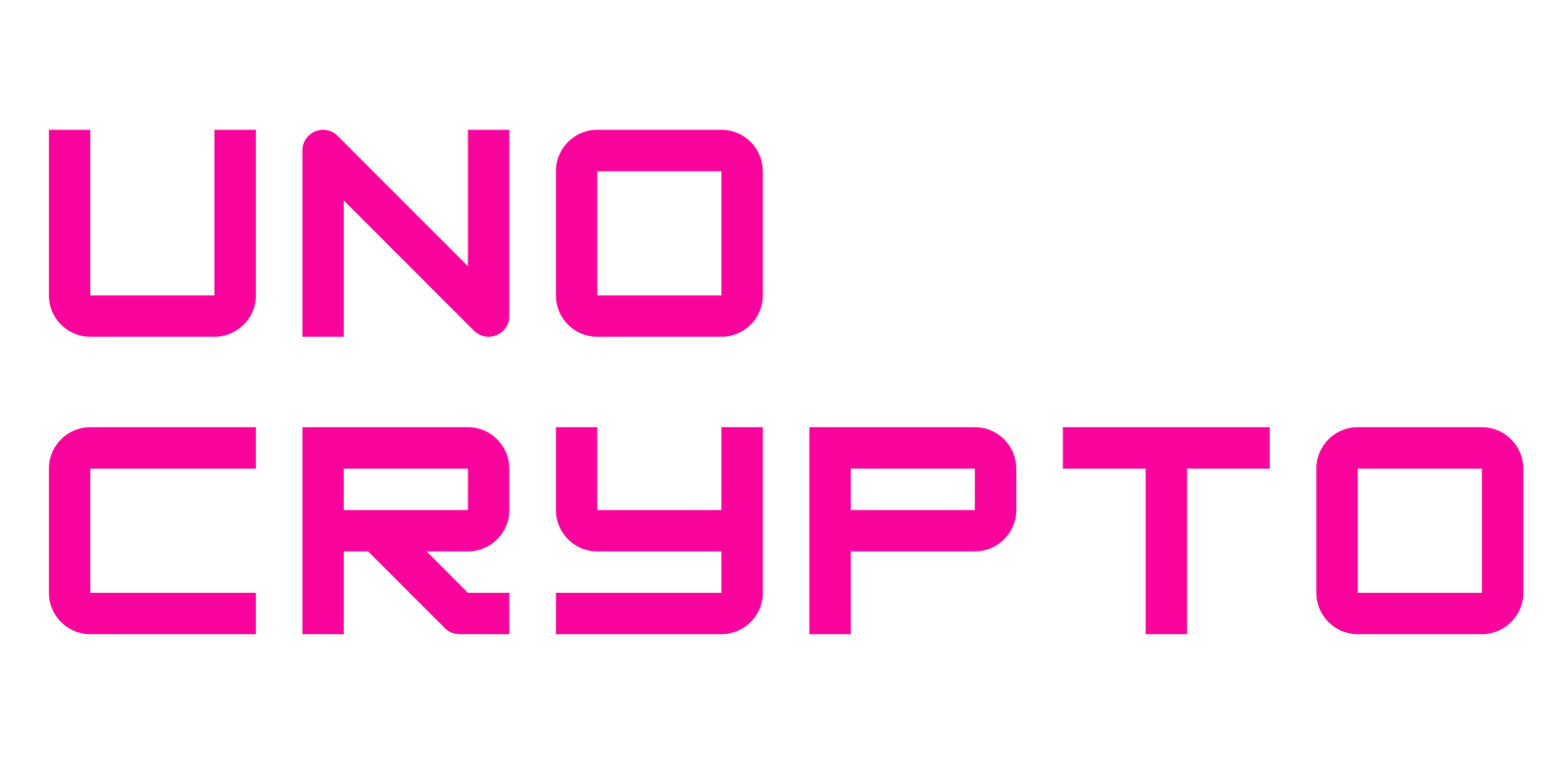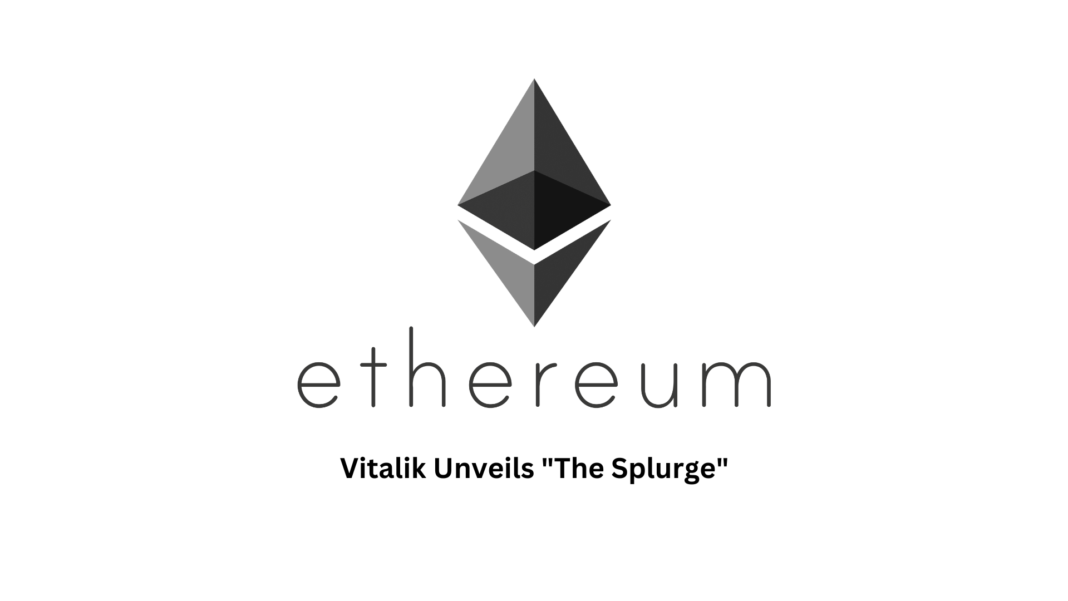Ethereum Co-founder Vitalik Buterin has added another feature to Ethereum’s aspiration growth. In a published report, Buterin unveiled the advancement of “The Splurge”, which will be aiming at bringing operational stability for The Ethereum Virtual Machine (EVM).
According to Buterin, the Ethereum protocol design contains many “little things” that are crucial to the platform’s success but don’t neatly fall into one of the more expansive subcategories.
In actuality, roughly half of them have dealt with various EVM enhancements, while the remaining portion consists of specialized subjects. The purpose of “the Splurge” is to solve this.
How Will The Splurge Work?
Because the EVM is currently hard to statically analyze, it is challenging to develop extremely effective implementations, formally validate code, and add more features over time. It is also extremely inefficient, which makes it challenging to implement many advanced cryptography techniques unless precompiles specifically support them.
With Splurge, the EVM Object Format (EOF), the first step in the current EVM improvement roadmap, is expected to be included in the upcoming hard fork. A new version of the EVM code with several unique features is specified by the EOF series.
It will also be simpler to implement additional upgrades once EOF is in place. The EVM Modular Arithmetic Extensions (EVM-MAX) are currently the most advanced. A new set of operations created especially for modular arithmetic is stored in a distinct memory area that is inaccessible to other opcodes by EVM-MAX. This makes it possible to apply optimizations like Montgomery multiplication.
Buterin’s Previous Vision For Ethereum
Vitalik Buterin had previously established an alternative vision for blockchain development. Recent developments in Ethereum’s scaling strategy, highlighted by Buterin, included the incorporation of Helios, a multichain light client, into user wallets on desktop and mobile platforms.
Helios would enable Ethereum’s Layer 1 and Layer 2 networks to effectively validate light clients, which is crucial for maintaining the resilience of the network as it expands.
Additionally, Buterin has recently spoken out a lot about the changes being made to the Ethereum blockchain. Earlier, the Ethereum co-founder shared his thoughts on how to lower the computational cost of the Ethereum ecosystem. To make this plan a reality, Buterin announced “The Verge.”
Running a node on a consumer laptop is currently feasible, but it is challenging. By making the chain’s complete verification so computationally cheap, The Verge seeks to alter this and enable all smart watches, internet wallets, and mobile wallets to perform it automatically.
Furthermore, Vitalik Buterin discussed improving Ethereum’s proof-of-work mechanism in a prior paper. His two primary goals were to democratize staking by lowering the staking requirement to 1 ETH and to achieve single-slot finality, which would allow blocks to be verified in a single slot.
He proposed three possible strategies to achieve this: improving the signature aggregation procedure, implementing a two-tier staking scheme, and integrating the Orbit committee structure.


